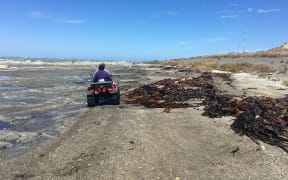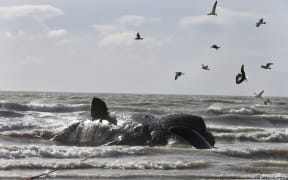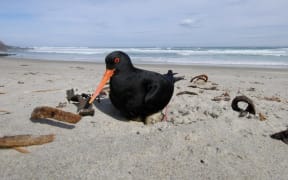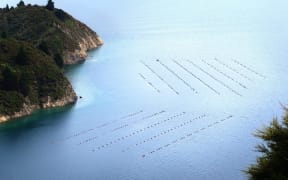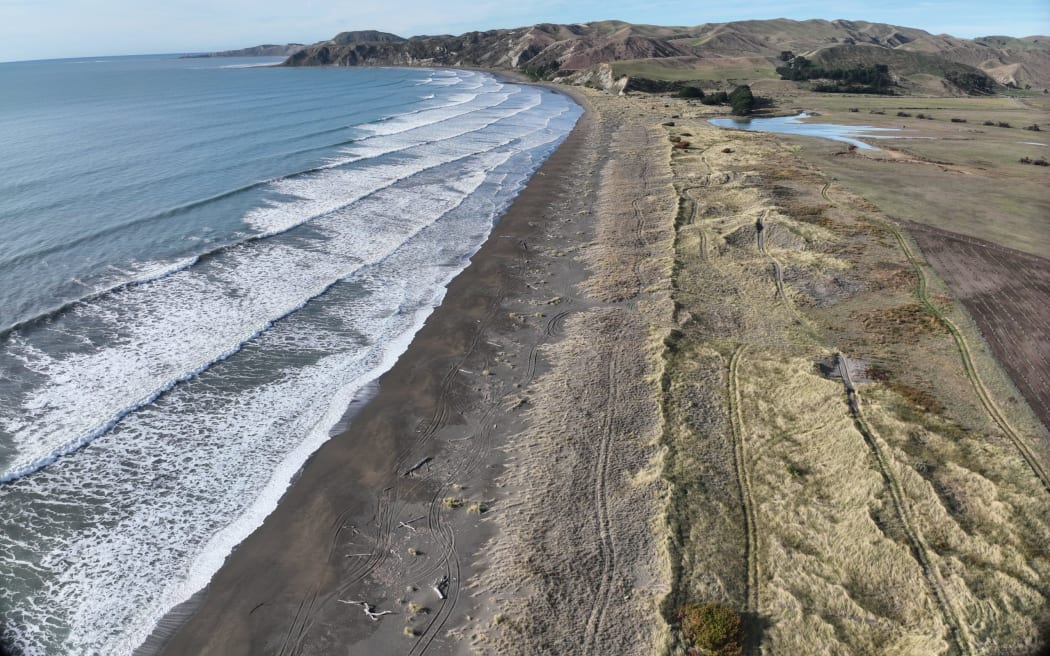
The East Coast Vehicle Bylaw, which restricts vehicle access on the coast, came into effect on July 1, 2023. Photo: Supplied / Marlborough District Council
Vehicles are no longer allowed on most of Marlborough's east coast following the adoption of a bylaw that recognises the "special stretch of coast", however a Te Tauihu iwi has filed a judicial review on the ruling with the High Court.
The East Coast Vehicle bylaw came into effect on 1 July, although some exceptions do allow beach access.
Over half of the coast from the Awatere River to the Waima/Ure River was recognised as ecologically significant, including the largest natural dune system in the district.

The Marlborough District Council said it was home to the endangered katipō spider, native lizards, fur seals and rare birds such as banded dotterels and variable oystercatchers. It was also a place to feed and rest for migratory birds from as far as Siberia and Canada.
The new restrictions prohibited vehicles on beaches from the Awatere River to south of the Waima/Ure River, except for a "yellow zone".
That yellow zone was from the south end of Marfells Beach campsite to the southern end of the "airstrip", south of Cape Campbell.
On that yellow zone, All Terrain Vehicles (ATVs) and Utility Terrain Vehicles (UTVs) were allowed during daylight hours below the high tide mark. Users must stay off all reef systems and dunes, and could not go faster than 30kmh.
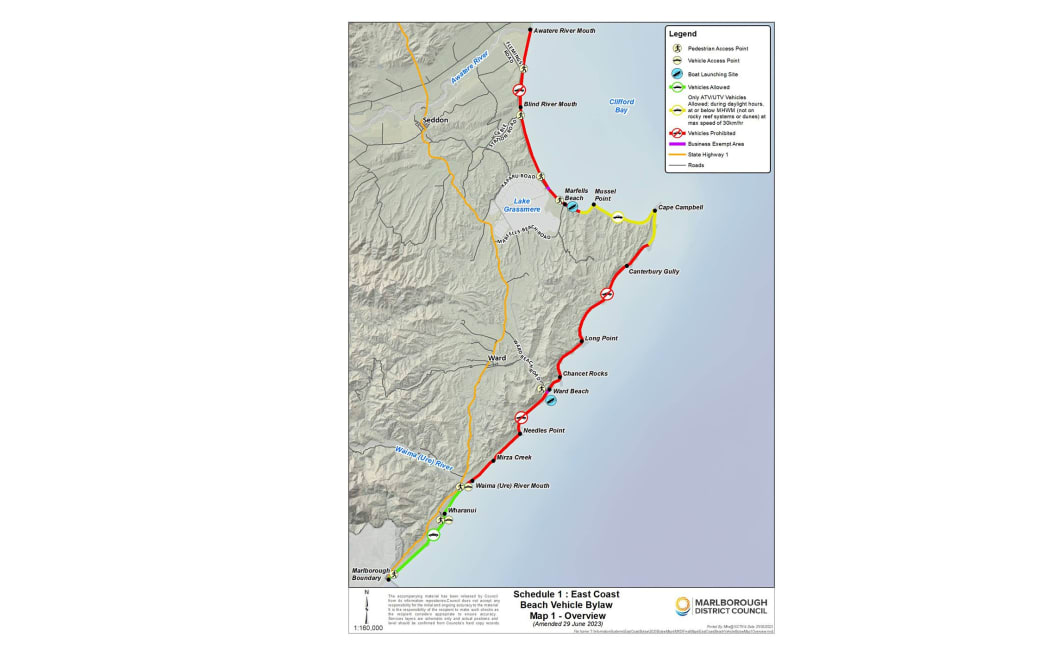
Map of the new east coast vehicle bylaw restrictions. Photo: Supplied / Marlborough District Council
There was also three designated boat launching sites at Marfells and Ward beaches.
Drivers had long cruised the coast, but access to it became easier after the 2016 Kaikōura earthquake exposed flat platforms of reef which used to be underwater.
Environment and Planning committee chair, councillor Gerald Hope, said the bylaw recognised that this was a "special stretch of coast" that held "many values across the community".
"We believe that the bylaw strikes a balance for the enjoyment of all beach users, including wildlife and the recovery of the coast following the earthquake," Hope said.
"Public stewardship and education are also at the heart of the bylaw, with all users following the rules and abiding by common courtesy with respect to other beach users.
"The public can protect the coastline and promote the enjoyment of all beach users by following the new rules and reporting breaches of the bylaw to council."
It followed extensive consultation with the community after the council first agreed to draw up a bylaw back in 2019. They had to find a balance between conservationists calling for ecological protection, the fishermen ferrying their gear, and the families that camp there each summer and use their quad bikes.

Te Rūnanaga a Rangitāne o Wairau general manager Corey Hebberd said the iwi had filed a judicial review on the bylaw with the High Court. Photo: Supplied / LDR
However, Te Rūnanga a Rangitāne o Wairau general manager Corey Hebberd confirmed on Monday the iwi had filed judicial review proceedings in the High Court in relation to the bylaw.
As the matter was before the courts, Hebberd could not comment further.
However, he did refer to previous comments on the matter.
In March, when the council passed the bylaw, Hebberd said the concerns Rangitāne raised throughout the bylaw process remained unresolved.
"We are disappointed with council's decision to adopt the bylaw, because it directly impacts our ability to access sites of significance, to undertake our customary practices and to exercise our kaitiaki responsibilities in the area," Hebberd said.
"I think any reasonable person who reviewed the engagement material would see that the engagement process hasn't been adequate."
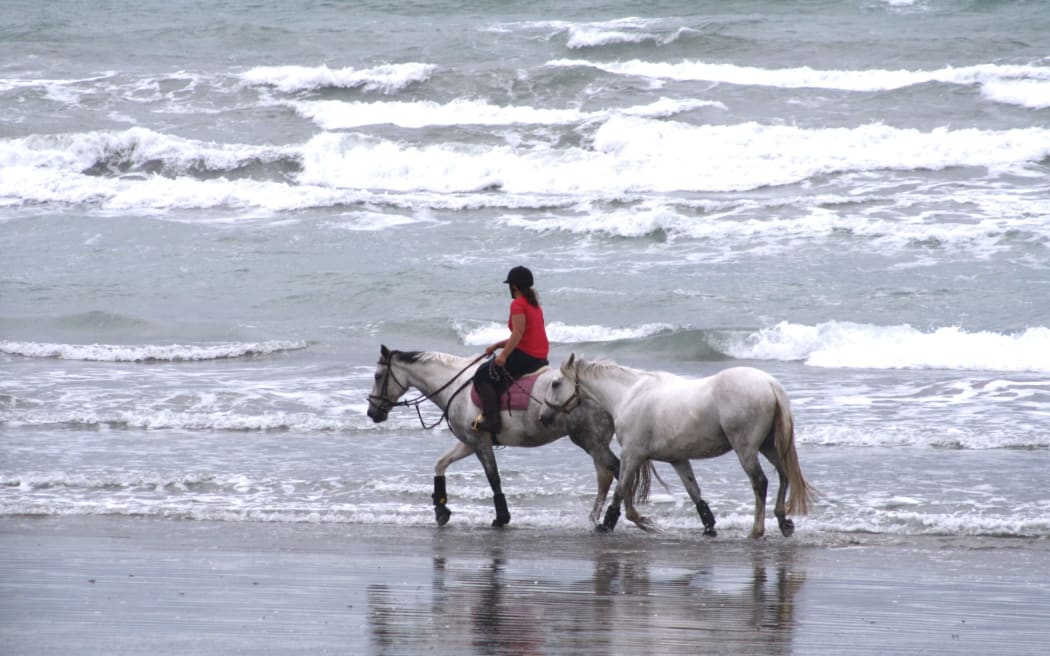
[picture id="4L6DRJO_IMG_7281_scaled_jpg" crop="16x10" layout="full"] Photo: Supplied / LDR
He said the iwi considered there was a breach of the Treaty of Waitangi.
"In making bylaws, council is a delegate of the Crown and has the responsibilities of the Crown, including the Crown's obligations to meet its obligations under the Treaty of Waitangi.
"The bylaw restricts access and without access, our ability to access wāhi tapu and carry out customary practices will be curtailed."
Under the new bylaw, walking, cycling and horse riding was still allowed along the coast. The council would update signage and "education materials" at different beach access points from Flemings Rd in the north to Wharanui Beach Rd in the south.
- Local Democracy Reporting is Public Interest Journalism funded through NZ On Air
